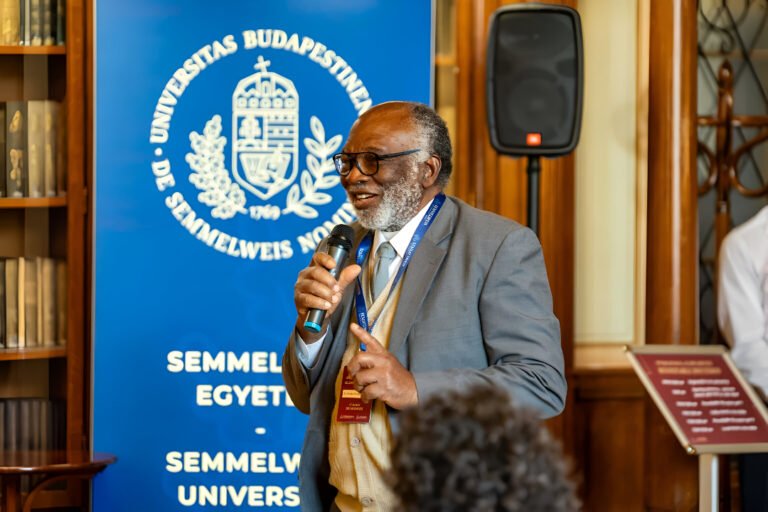
Scientists at the University of Innsbruck have uncovered a surprising survival mechanism in cancer cells, showing that when physically squeezed, these cells trigger an instant surge of energy to repair DNA damage and endure hostile environments. The study, published in Nature Communications, could open new avenues for targeted cancer treatments.
Researchers from Innsbruck’s Department of Zoology, in collaboration with the Centre for Genomic Regulation (CRG) in Barcelona, used advanced microscopy to compress living cancer cells to just three microns wide, a fraction of a human hair’s diameter. Within seconds, they observed mitochondria racing to the nucleus to deliver ATP – the cell’s energy currency – increasing nuclear ATP levels by 60%.
“This forces us to rethink mitochondria’s role,” said Dr. Sara Sdelci, co-corresponding author. “They aren’t static powerhouses but agile first responders that activate under extreme stress.”
The team dubbed these formations “NAMs” (nucleus-associated mitochondria). Experiments revealed NAM-driven ATP surges enable DNA repair in squeezed cells, allowing them to continue dividing. Without this energy boost, cells failed to recover properly.
Analysis of breast tumour biopsies from 17 patients confirmed NAMs occur more frequently at invasive tumour fronts, suggesting their role in metastasis. According to Dr. Verena Ruprecht, co-corresponding author:
“Mechanical stress responses are an underexplored vulnerability in cancer. Targeting this process could slow tumour spread without damaging healthy tissue.”
Further experiments identified the cellular “scaffold” trapping mitochondria at the nucleus, formed by actin filaments and the endoplasmic reticulum. Disrupting this scaffold with drugs collapsed NAM formation and reduced ATP surges, highlighting a potential therapeutic strategy.
The phenomenon, researchers say, may extend beyond cancer, impacting immune cells, neurons, and embryonic development.
“Wherever cells face mechanical strain, this nuclear energy boost likely protects genome integrity,” Dr. Sdelci concluded. “It’s a fundamental shift in how we understand cellular survival under stress.”
Source: University of Innsbruck






